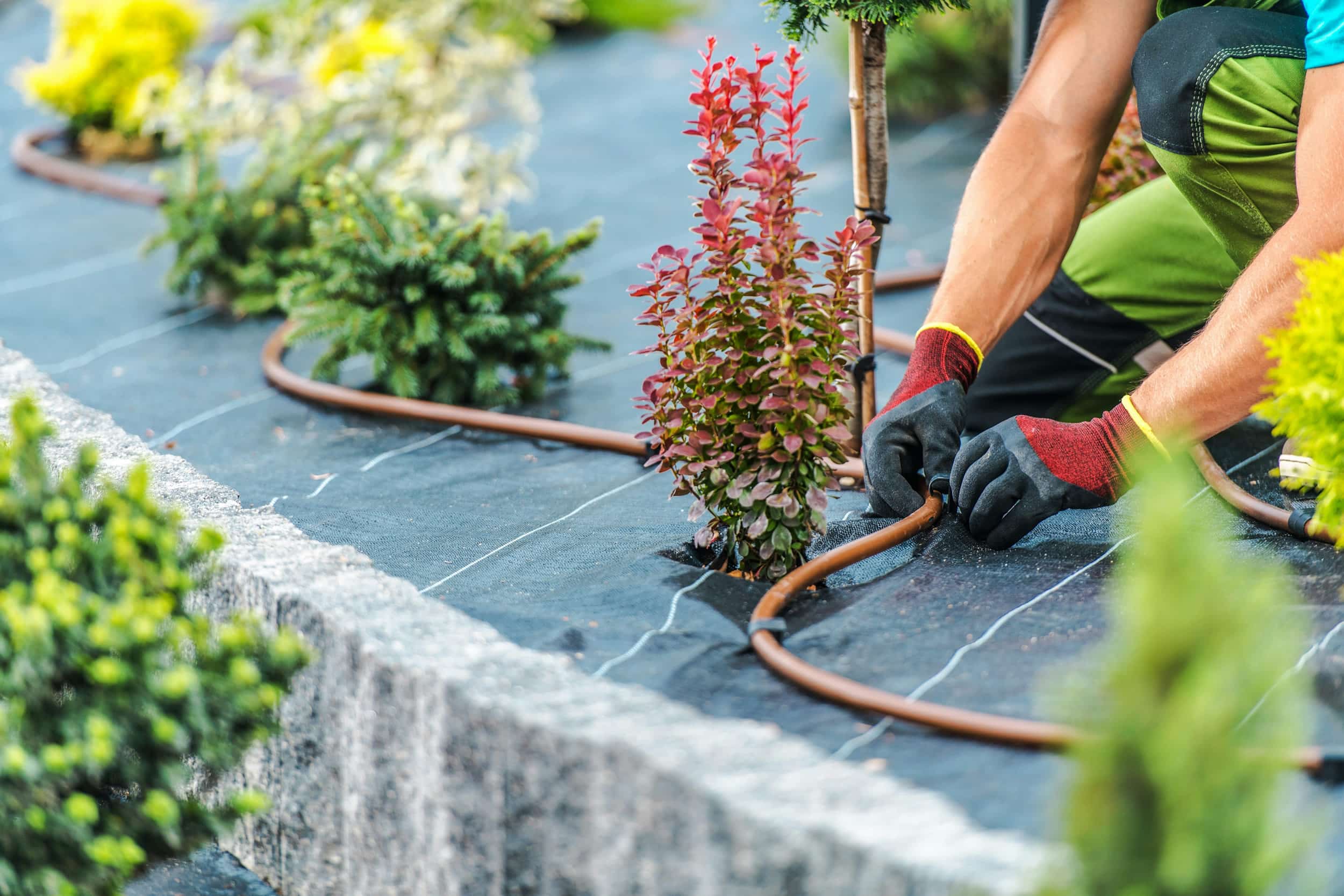Understanding the Importance of Proper Lawn Watering
When it comes to maintaining a lush, green lawn, understanding the right amount of water is crucial. Overwatering can be just as detrimental as underwatering. It leads to a host of problems including root rot, fungal diseases, and wasted resources. Mastering lawn care involves knowing how to prevent overwatering effectively.
Signs of Overwatering Your Lawn
Before you can prevent overwatering, you need to be able to identify it. Here are some telltale signs:
- Waterlogged Soil: If the soil feels spongy or you notice puddles after watering, it’s a clear sign of overwatering.
- Yellowing Grass: While yellow grass can indicate a lack of nutrients, it often results from too much water suffocating the roots.
- Fungal Growth: Mushrooms and other fungi thrive in overly moist environments.
- Increased Weed Growth: Weeds like crabgrass love wet conditions and can quickly take over.
How to Test Soil Moisture
Testing the soil moisture is a straightforward way to ensure your lawn is not being overwatered. Use a screwdriver or a soil probe to check the moisture level. If the tool easily penetrates the soil more than 6 inches deep, the lawn is likely overwatered.
Best Practices for Watering Your Lawn
Adopting the right watering practices can save your lawn from the perils of overwatering. Here are some guidelines:
Know Your Grass Type
Different grass types require different watering schedules. For instance, cool-season grasses like Kentucky bluegrass need more water in the fall, while warm-season grasses like Bermuda grass thrive with less frequent watering. For more detailed lawn care tips, check out lawn mowing best practices.
Watering Schedule
Water early in the morning when evaporation rates are low. A general rule is to water deeply and infrequently, allowing the top 6 inches of soil to dry out between watering sessions.
Use the Right Tools
Invest in a quality sprinkler system that provides even coverage. Consider using a rain sensor to prevent watering during rainfall. Learn more about efficient irrigation systems here.
How Weather Affects Lawn Watering
Weather plays a significant role in how much water your lawn needs. During rainy seasons, reduce watering frequency. Conversely, during dry spells, you may need to increase it slightly, but always monitor soil moisture.
Technologies to Help Avoid Overwatering
Modern technology offers several solutions to help manage lawn watering:
Smart Irrigation Systems
These systems use weather data and soil sensors to adjust watering schedules automatically, ensuring optimal moisture levels.
Soil Moisture Sensors
Install sensors that provide real-time data on soil moisture levels, allowing you to make informed decisions about watering.
Benefits of Avoiding Overwatering
By preventing overwatering, you not only save water but also promote a healthier lawn. Proper watering encourages deep root growth, reduces disease risk, and minimizes weed invasion.
In conclusion, mastering lawn care involves understanding the balance of water needed for your specific lawn type and conditions. By recognizing the signs of overwatering, adjusting your watering practices, and utilizing modern technologies, you can maintain a vibrant and healthy lawn. Start implementing these strategies today to enjoy a lush, green lawn while conserving water and resources.
